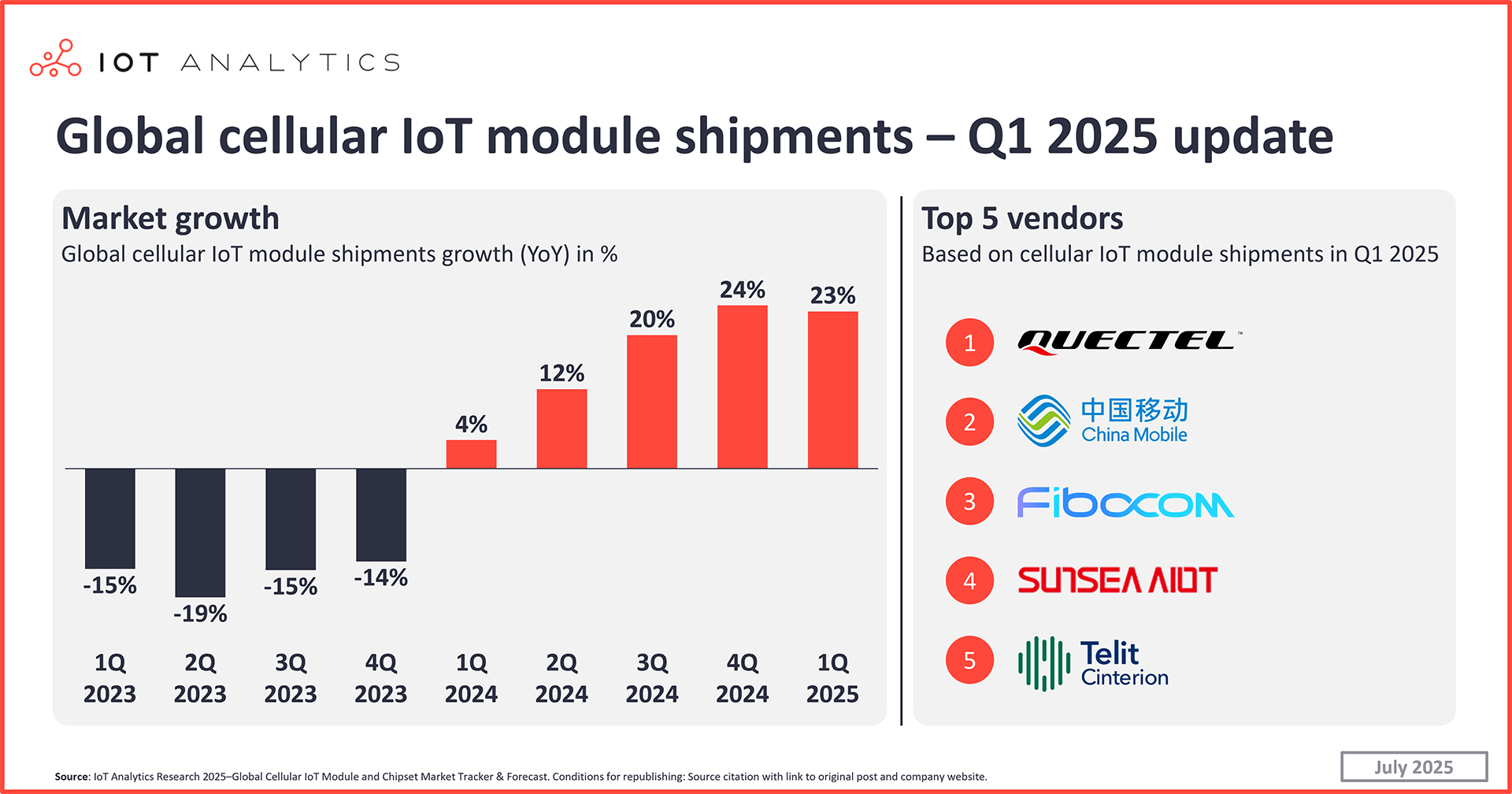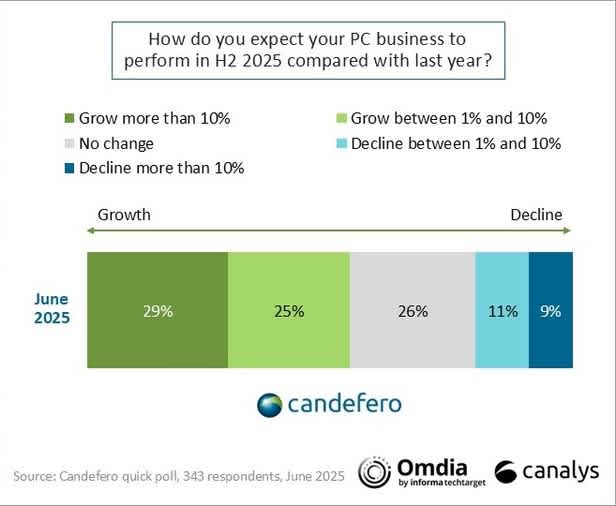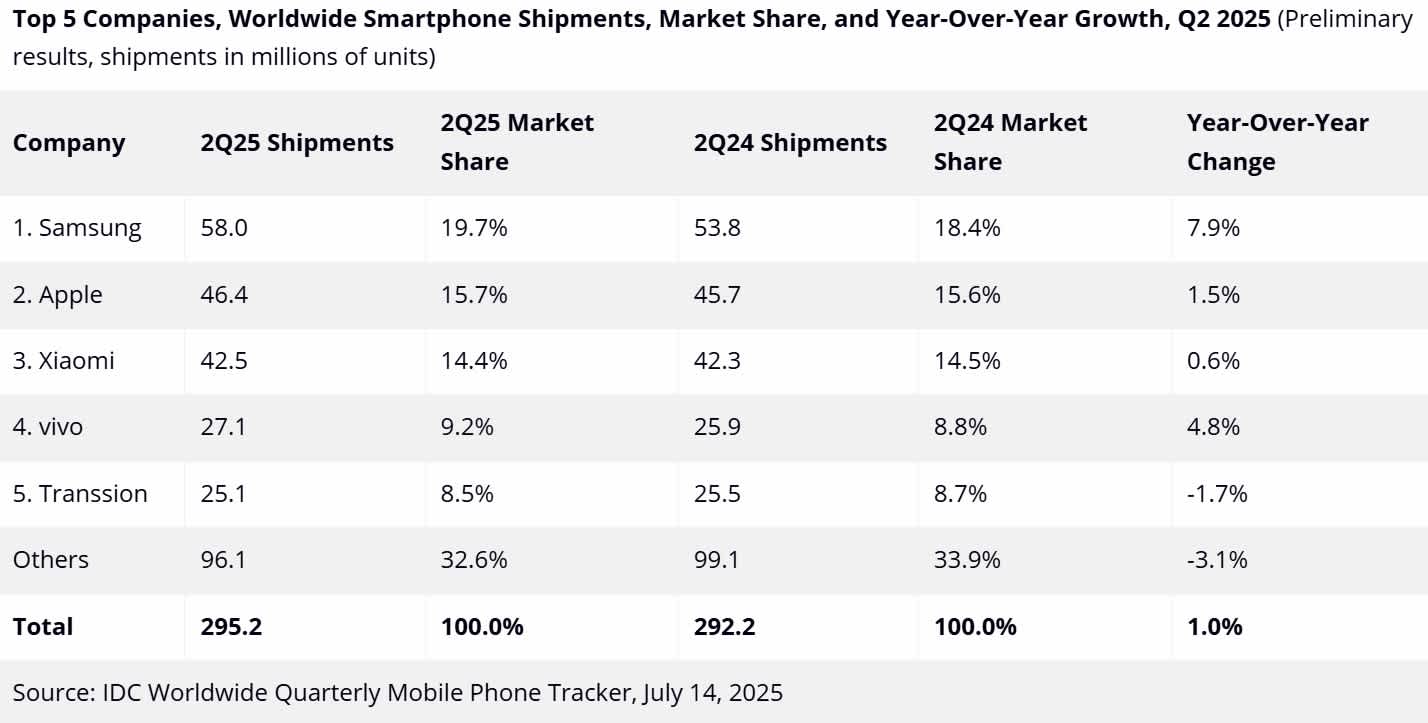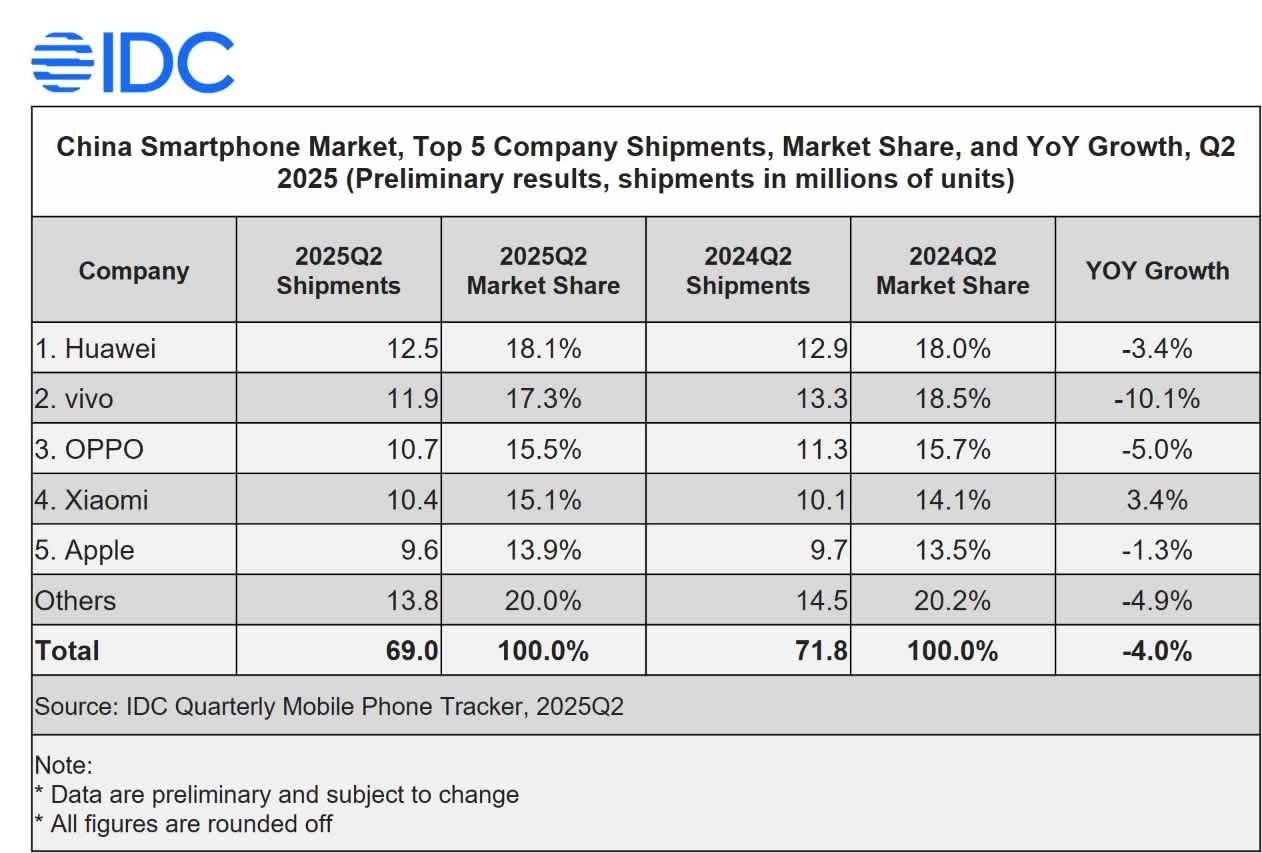Cost concerns weigh on connected device market amid trade uncertainty
In an unpredictable environment, device buyers are looking for value while manufacturers seek to control budget
According to the latest data, the unpredictable outlook for global trade is affecting connected device markets with a particular impact in the two poles of the global economy, the United States and China.
Smartphone shipments in China have contracted as policymakers reach the limit for how much demand can be generated through subsidies. Analysts say mobile phone companies are monitoring costs very carefully, while the best-performing brands in Q2 leveraged middle-of-the-range offerings that appeal to value-conscious shoppers.
Meanwhile, PCs saw uncertainty affecting US purchasing decisions despite steady growth in the rest of the world.
Growth has continued, though, in markets that are all about long-term investments in infrastructure and services – such as Wi-Fi enterprise access points and cellular IoT modules.
Let’s look at some of the recent data and analysis from the experts who closely track these markets.
Wi-Fi: Double-digit annual growth for enterprise access points
Enterprise Wi-Fi gear saw 10.6% year-on-year growth in Q1 2025 according to IDC, though revenues for networking vendors declined sequentially after a big fourth quarter.
Devices equipped with Wi-Fi 6E generated 32% of revenue for dependent access points, while the contribution from the new Wi-Fi 7 standard rose to 11.8%. The US market posted strong growth of over 20%, while China contracted on an annual basis.
Cisco remains the biggest player by far. Its fastest-growing peer during Q1 was another US-based vendor, Ubiquiti.
Further info: Enterprise WLAN Market Grew 10.6% in the First Quarter of 2025, according to IDC Worldwide WLAN Tracker
Cellular IoT: Module shipments zoom, with Quectel clear leader
Cellular IoT module shipments have grown for five straight quarters, recovering from the inventory overhang that plagued the industry in 2023.
China’s Quectel remained by far the biggest player with a market share of approximately 40%.
Switzerland-based u-blox exited the cellular IoT market earlier this year, underlining the difficult commercial environment for western firms. One potential opening for US and European vendors is the EU Radio Equipment Directive that took effect on 1st August. This will create opportunities for transparent companies with strong compliance.
LTE Cat 1 bis is driving much of the growth momentum in the space due to its cost effectiveness and ease of deployment, IoT Analytics reports. 5G solutions, including 5G Redcap, are also seeing strong growth, with Counterpoint noting significant uptake in surveillance cameras, smart glasses, routers and MiFi devices.
Further reading:
Cellular IoT market Q1 2025: Module shipments up 23%
Cellular IoT Module Shipments Up 16% YoY in Q1 2025
Tablets: smaller players make inroads
The tablet market has recorded six straight quarters of year-on-year growth. Apple and Samsung remain the biggest players, but other brands have gained headway with a variety of strategies, as educational usage and more affordable offerings drive uptake in emerging markets.
“Tablets often function as secondary devices, so many times consumers are willing to wait for deals rather than pay full price for the device,” explains IDC analyst Anuroopa Nataraj.
Xiaomi, one of the up-and-coming players, has positioned its new tablet lineup as the central node in an IoT ecosystem spanning smartphones, home appliances and electric vehicles. Gaming devices are another important segment.
Further info:
PCs: US diverges from rest of world
Data providers agree that the PC market posted year-on-year growth between 6.5% and 8% in 2025’s second quarter. A divergence has been observed between the US and everyone else – US purchasers remain beset by uncertainty around tariffs, while the rest of the world has seen growth pick up.
Other takeaways from the Q2 data:
Lenovo, Apple and Asus are the fastest-growing brands
Enterprise and education purchases are supporting the market, driven by the sunset of Windows 10 support
Analysts foresee a strong year for PCs in 2026 driven by replacement of Covid-era devices and greater interest in AI PCs
Further info:
Canalys Newsroom - Worldwide PC shipments up 7% in Q2 2025
Q2 2025 Global PC Shipments: Growth Accelerates, Tariff Concerns Loom
Smartphones: Oppo/Vivo lose share as China market slows
The global smartphone market remained somewhat subdued. One data provider (Canalys) measured a contraction in shipments, while others saw 1%-2% year-on-year growth.
Importantly, smartphone companies are becoming very cost-sensitive in response to market conditions, said Sheng Win Chow of Canalys: “Stringent cost control and optimized enterprise resource planning are priorities for all the major vendors, as past high ambitions have to be adjusted to 2025’s reality.”
Canalys also reported that Africa and the Middle East – regions where patent coverage is typically sparser – are the markets propping up overall growth as more advanced economies continue to struggle with consumer sentiment.
TechInsights reports that the wholesale average selling price of a smartphone remained fairly stable year-on-year, rising 0.5% to $309.
One bright spot was Samsung, with 7%-8% growth compared to last year powered by its mid-range Galaxy devices.
Two companies outside the top five were recognised as fast risers in Q2. Lenovo’s Motorola brand grew 16% thanks to good performance in India and a growing share of the US prepaid market, according to Counterpoint.
Meanwhile, UK-headquartered Nothing Technology, a startup helmed by OnePlus co-founder Carl Pei, shipped more than 1 million units for the first time in a quarter, registering year-on-year growth of 177% driven, again, by investment in the Indian market.
China went from a standout performer in Q1 to a drag on the global market in Q2, with shipments declining as subsidies “failed to stimulate demand”, according to IDC. Huawei reclaimed the top spot in its home country’s sales charts for the first time since 2021, while Xiaomi also performed will, driven by value-conscious consumers. Vivo and Oppo fared worse, giving up significant market share in China and, according to Counterpoint’s tally, globally as well.
Further info:
Global Smartphone Market Grew 4% YoY in Q2 2025 | TechInsights
IDC: China Smartphone Market Declined 4.0% in 2Q25, With Huawei Reclaiming the Top Spot
Sisvel Insights Market Data Digest is a regular feature aggregating commercial information from the major SEP licensing verticals. Our goal is to provide patent licensing executives with a grasp of the commercial and competitive dynamics in the market for connected devices. The digest exclusively draws on publicly-available information from third parties, all of which is available at its original source via links. Verticals with extensive data available (such as smartphones) will be covered every quarter. Other sectors will be covered as and when new data is published.







